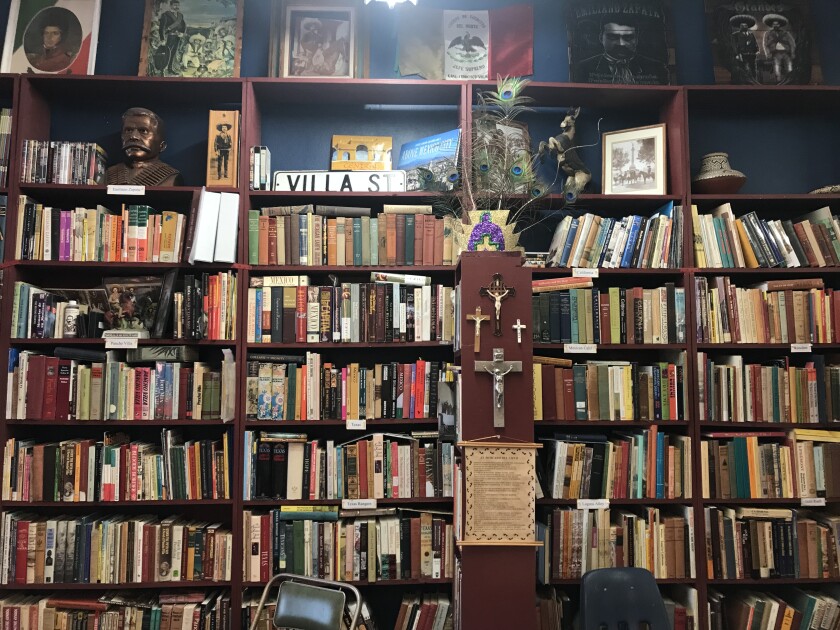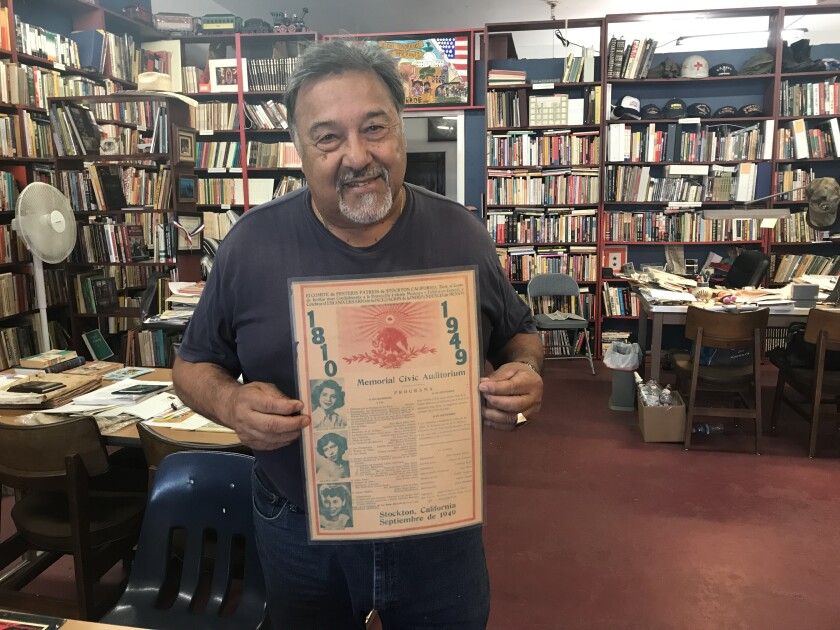Friends and Colleagues:
Happy to share a publication of mine that is hot off the press in the journal of Equity and Excellence in Education (EEE). Aside from documenting the movement for Ethnic Studies in Arizona and Texas, I had to do a lot of reading and research for this. It took me at least two years to write. I want to thank both Dr. Nolan Cabrera and Dr. Korina Jocson for making this possible. Nolan, in particular, challenged me throughout. That's what good friends and colleagues are for. In much appreciation, Nolan.
It tells the story of the struggle for both Ethnic and Mexican American Studies here in Texas, with Arizona's struggle as a meaningful, and indeed inspirational, backdrop to what he have accomplished here in Texas in our historic, legacy struggle for inclusion in the state's K-12 curriculum as scholars, elders, leaders, and community members. And how we not only struggle and labor, but also succeed—and at such a massively important time in our history when we are under a seemingly unrelenting attack.
Thanks for those cited and not cited among whom are members of the K-12 Committee of the NACCS Tejas Foco who helped me to generate and theorize this account. I feel so fortunate and honored to have them as my community. They are the most loving, caring, and intellectually stimulating set of colleagues and scholar-activists that anyone could ever have or hope for.
I try in this piece to blur a few theoretical boundaries based primarily on what we experienced here in Texas. I hope that you read this and get inspired to join the movement and make a better world. Yes, despite all the terribleness and madness, a better world.
We must decolonize ourselves. To get there, we must task ourselves with learning about, and responding to, the colonial matrices of power in our lives where power relations are deeply implicated and where struggles for social justice, must occur.
The whole issue is worth reading, by the way. You can access it at the EEE website.
-Angela Valenzuela
#decolonize
The walls are brightly punctuated with art, flags, and framed awards and accolades from Soto’s career as an educator, as well as a certificate honoring him for his bravery as a Brown Beret medic during the Chicano Moratorium.

A section of books at the Chicano Research Center in Stockton.
(Julia Wick / Los Angeles)
Soto’s collecting quest began when he was a young man, just back from Vietnam and participating in the Chicano Movement. He went looking for the books that would speak to his story — as a Mexican American born in the United States — but the books he wanted didn’t seem to exist.
“I wanted to know what contributions had we made and what had we done,” Soto said. “And for me, I always wanted to know why people hated me. You know, I pretty much let people alone, but for some reason they had this, I don’t know, hereditary hatred for me.”
During his two years at San Joaquin Delta College, he “found all of maybe five books.” He went to Sacramento State and “found 10 more.” It was only when he left Sacramento for San Francisco that he started to really find what he was looking for, at a now-shuttered progressive bookstore called Modern Times in the Mission District.
After getting his master’s in counseling from San Francisco State, Soto returned to his Central Valley hometown of Tracy, where he worked as a high school counselor for nearly 40 years. He’d loan his students books to learn their history and build their self esteem, parceling out poetry or history or biography depending on what they seemed to need.
“There’s so much beautiful Mexican history. There are so many dynamic Mexican men and women, social political activists that have done something that is just not out there,” he said. “So, I started buying all this stuff.”
Time marched forward and all the while he quietly built his collection, bit by bit. He bought what he could, when he could and stored it where he could. “Everywhere I went, I created a room for all the books.”
When he officially retired, he took another full-time job teaching at an adult school. Suddenly, he had an income and a pension.
“I had a lot of extra money. So I thought man, I’m gonna really hit this,” he recalled. He would turn to the bibliographies in history books and mark off everything he already had, to see what was still missing. Then he would spend a few hours every morning on eBay, looking for discarded library books.

Richard Soto holds an item from his collection — a laminated program from a 1949 event featuring a young Dolores Huerta (then known as Dolores Fernandez) — at his Chicano Research Center in Stockton, Calif.
(Julia Wick / Los Angeles Times)
And finally, he found this space and carefully renovated it to house and share his glorious, sprawling collection.
“Most people, when they come here, they’re overwhelmed,” he said. “They can’t believe that something like this exists.”




